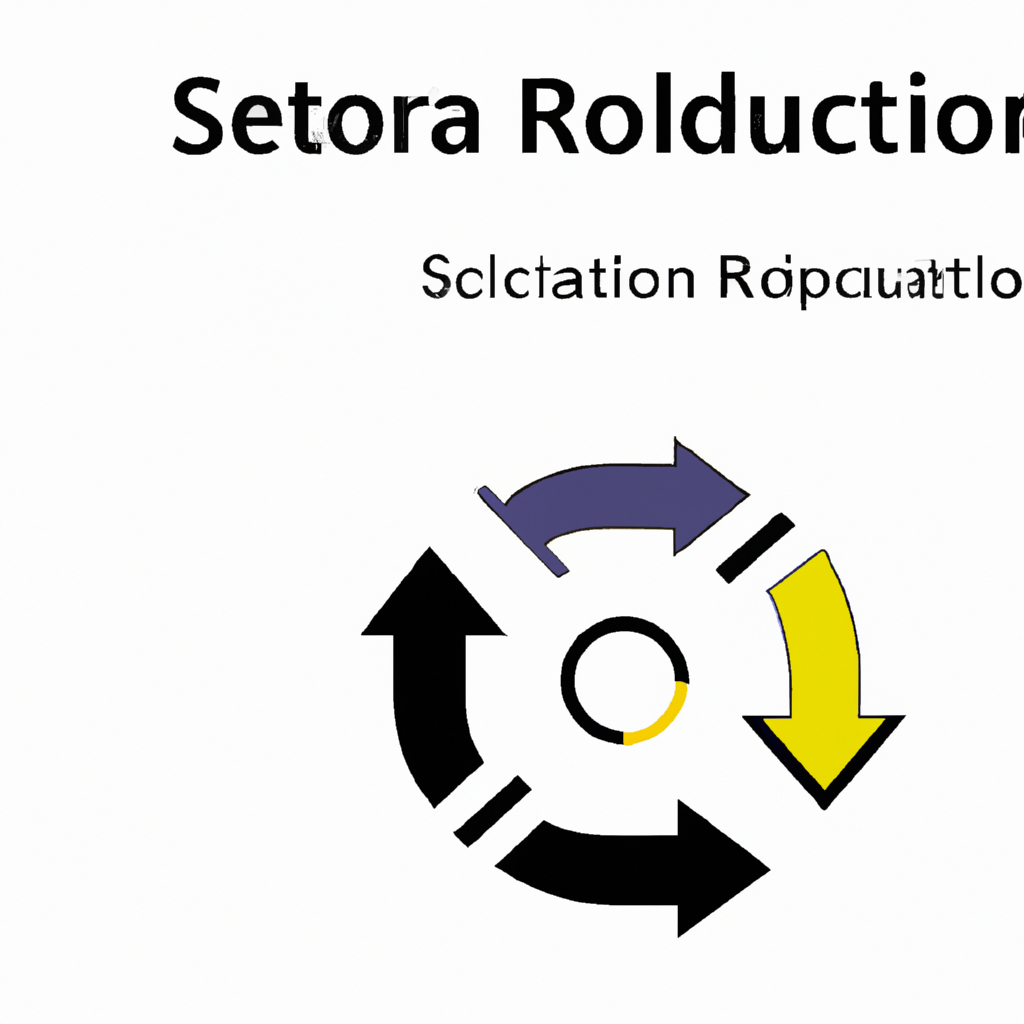
Maximizing Returns: A Guide to Sector Rotation Strategies
Sector Rotation Strategies
When it comes to investing in the stock market, sector rotation strategies can be a useful tool for maximizing returns and minimizing risk. These strategies involve shifting investments between different sectors of the economy based on their performance and outlook. By rotating investments into sectors that are expected to outperform and out of sectors that are expected to underperform, investors can potentially increase their overall returns.
Benefits of Sector Rotation Strategies
There are several benefits to using sector rotation strategies in your investment approach:
- Diversification: By investing in multiple sectors, you can spread out your risk and reduce the impact of any one sector’s poor performance on your overall portfolio.
- Opportunity for Higher Returns: By focusing on sectors that are expected to perform well, you have the potential to earn higher returns than if you were invested in a stagnant or declining sector.
- Adaptability: Sector rotation strategies allow you to adjust your investments based on changing market conditions and economic trends.
Types of Sector Rotation Strategies
There are several different types of sector rotation strategies that investors can use to guide their investment decisions:
- Top-Down Approach: This strategy involves analyzing macroeconomic factors such as interest rates, inflation, and GDP growth to determine which sectors are likely to outperform in the current economic environment.
- Bottom-Up Approach: In contrast to the top-down approach, the bottom-up approach focuses on analyzing individual companies within each sector to identify those with strong fundamentals and growth potential.
- Relative Strength Approach: This strategy involves comparing the performance of different sectors against each other and investing in the sectors that are showing the strongest relative strength.
Implementing Sector Rotation Strategies
When implementing sector rotation strategies, it’s important to have a clear plan in place and to regularly monitor the performance of your investments. Here are some steps to consider:
- Identify Key Sectors: Determine which sectors you want to focus on based on your investment goals and risk tolerance.
- Monitor Economic Indicators: Keep an eye on key economic indicators that can impact sector performance, such as interest rates, inflation, and GDP growth.
- Review Sector Performance: Regularly review the performance of different sectors to identify trends and opportunities for rotation.
- Adjust Your Portfolio: Based on your analysis, make adjustments to your portfolio by reallocating investments into sectors that are expected to outperform.
Overall, sector rotation strategies can be a valuable tool for investors looking to optimize their portfolios and achieve better returns. By staying informed about market trends and economic conditions, and by actively managing their investments, investors can potentially benefit from the opportunities that sector rotation strategies offer.

